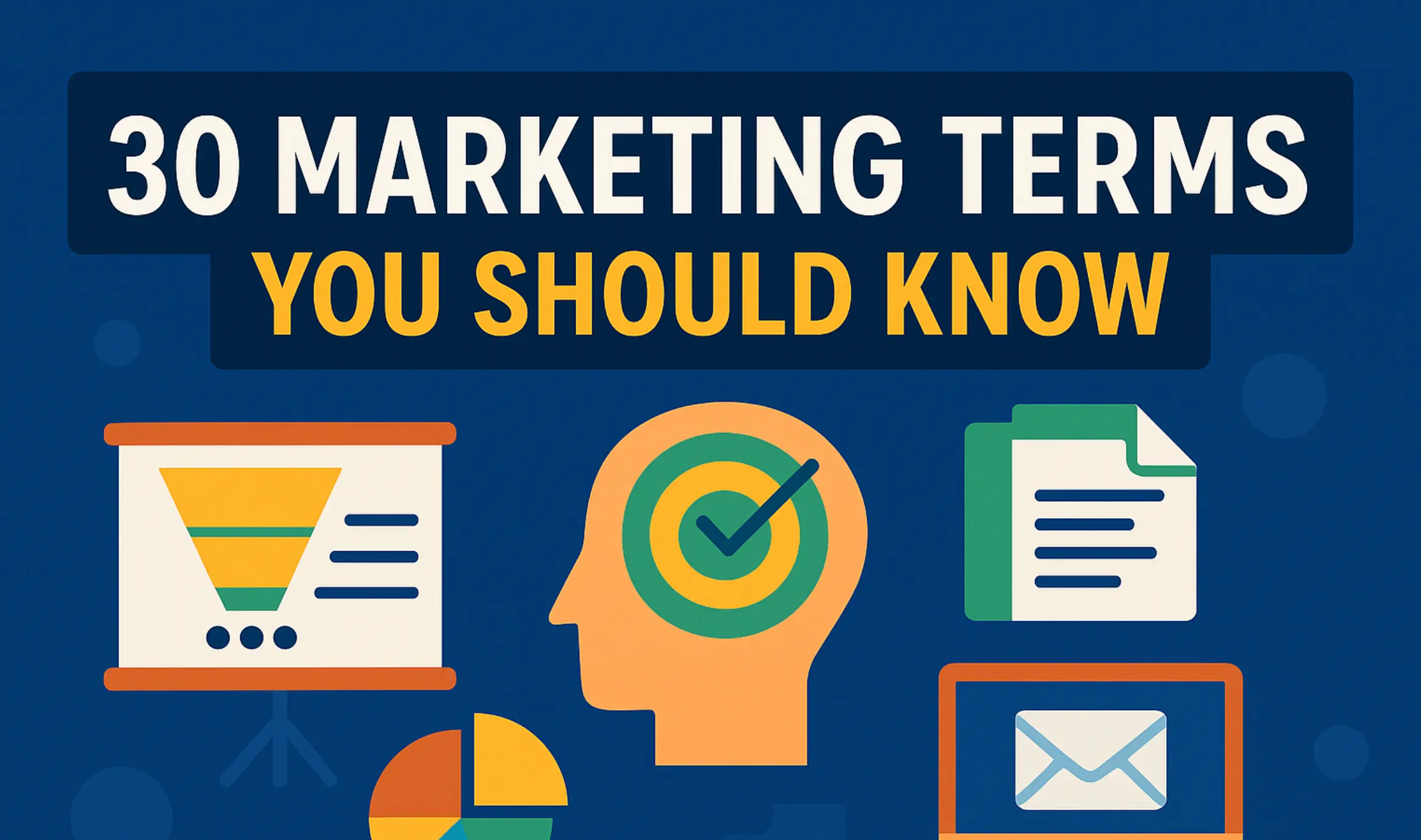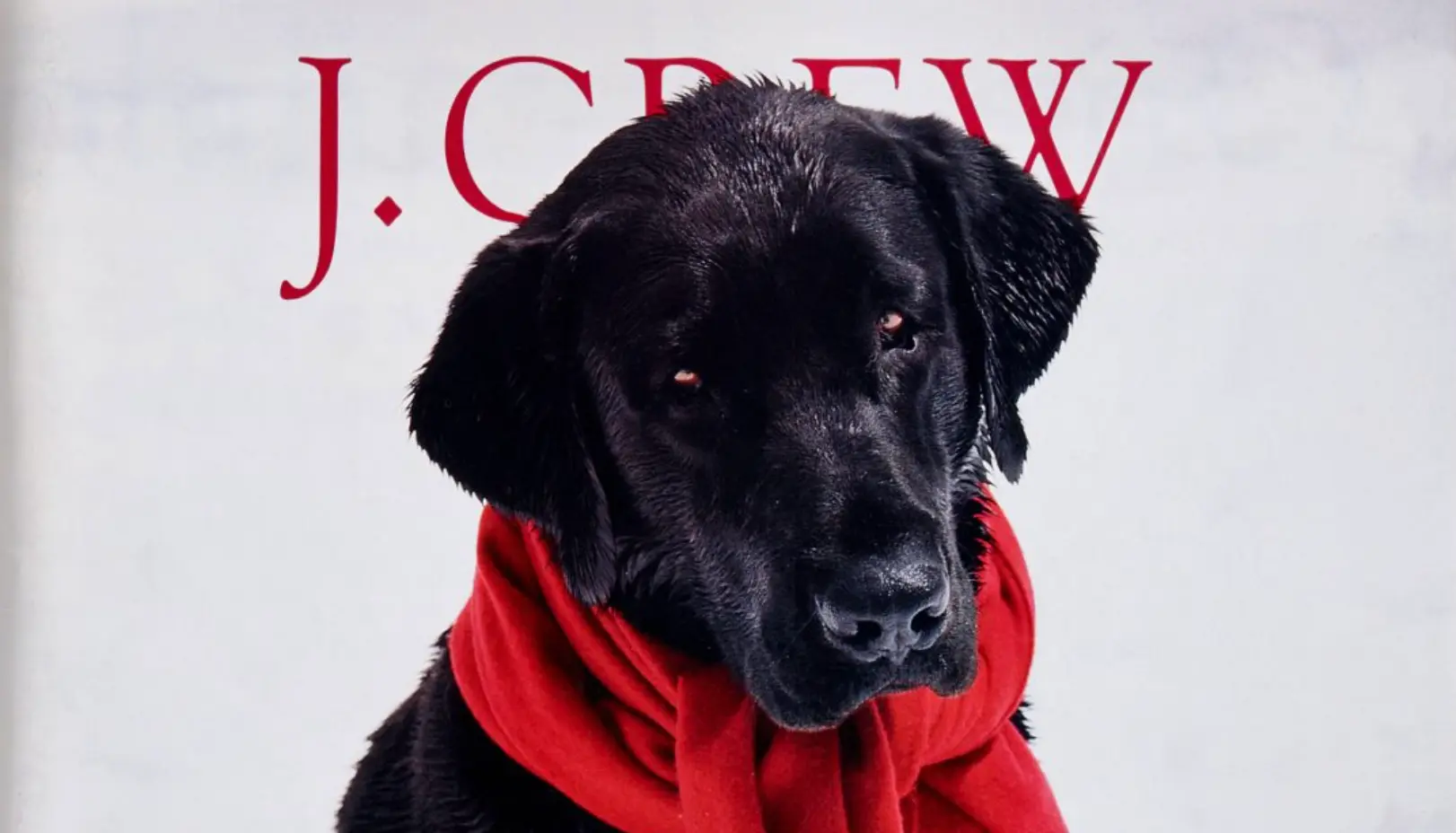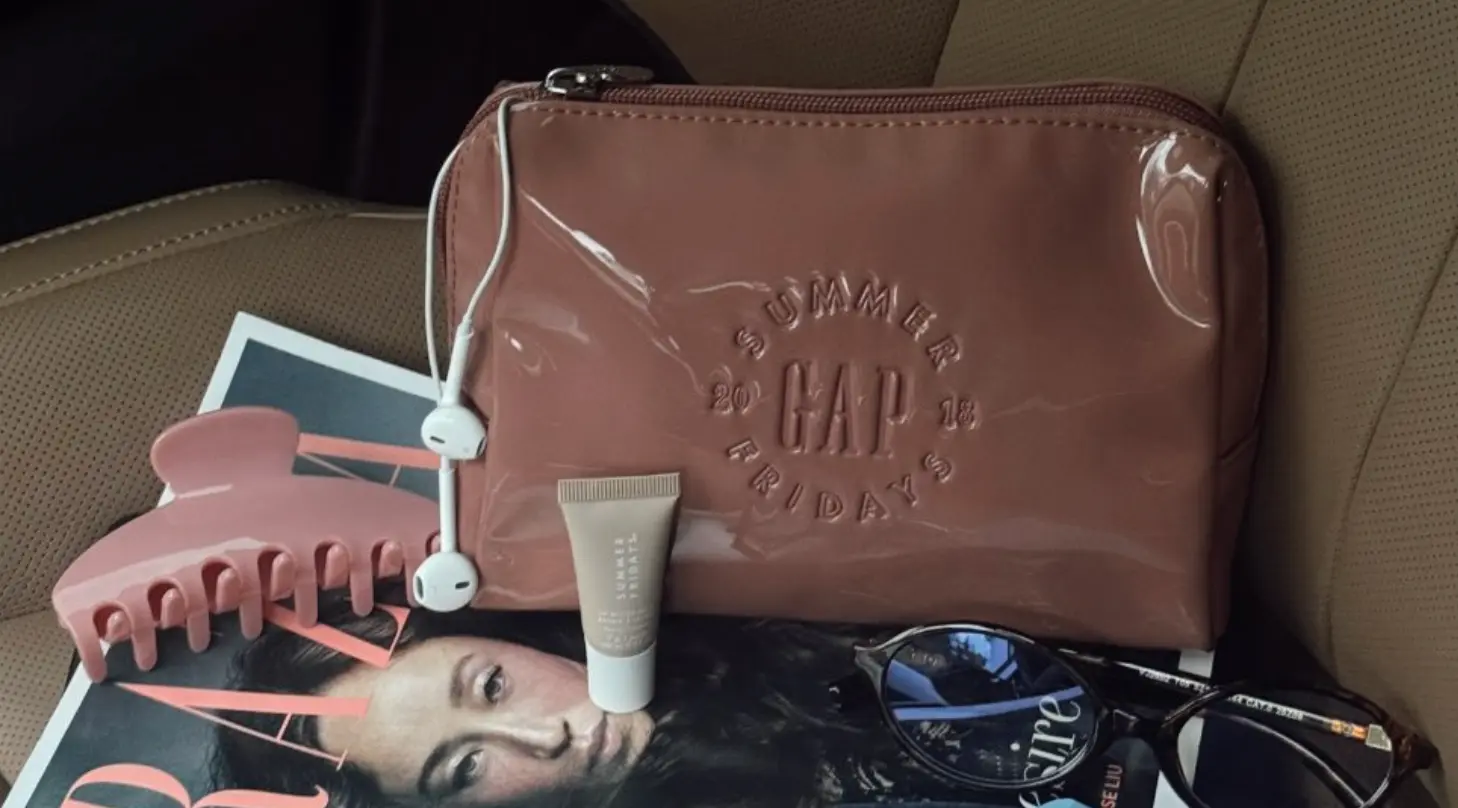Dove Marketing Strategy Explained: How “Real Beauty” Campaigns Redefined a Global Brand
Updated on
Published on
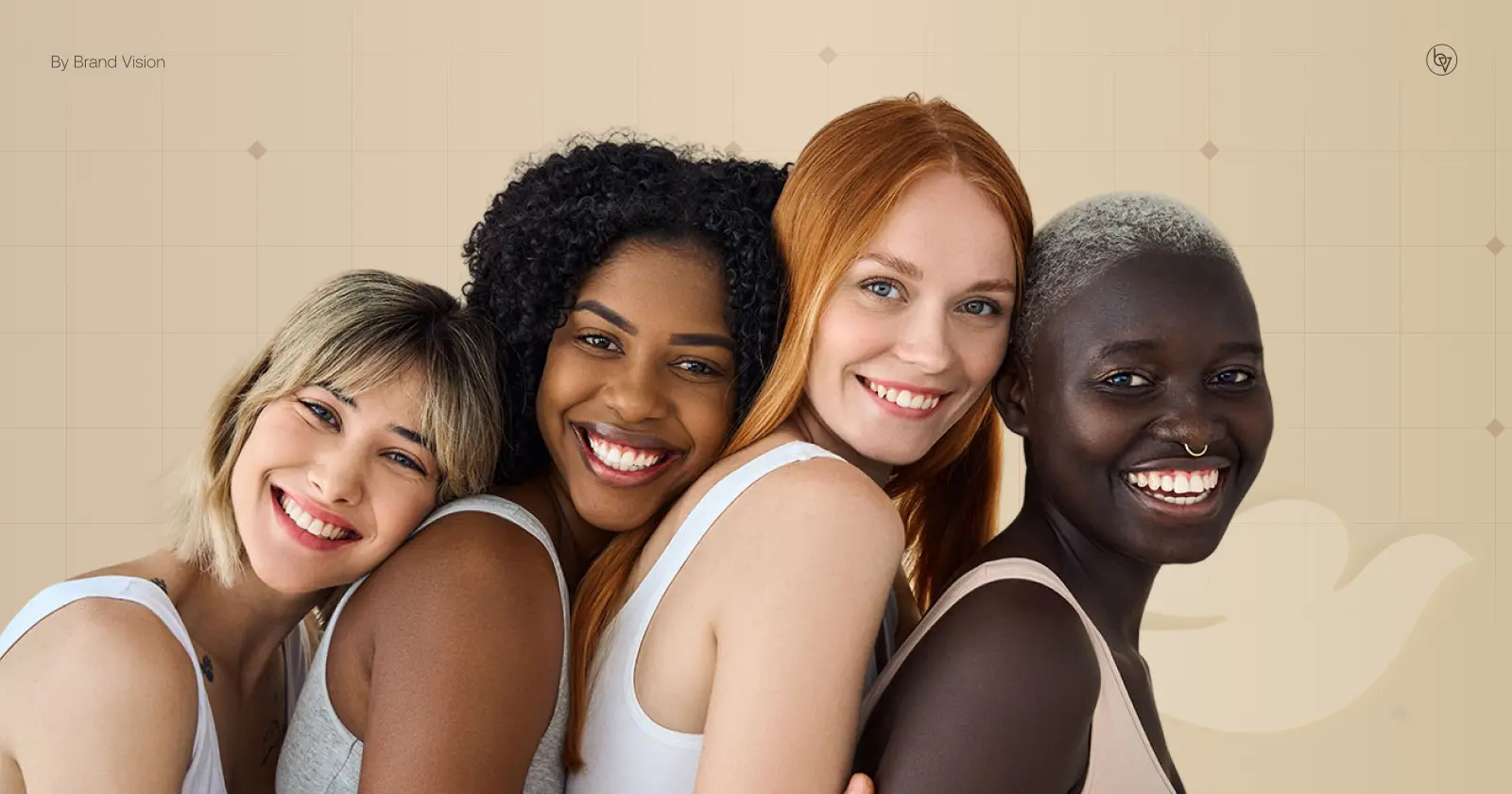
For two decades, the marketing strategy of Dove has revolved around a single, durable idea—Real Beauty—and a repeatable system: conduct original research on how people feel about beauty, turn that insight into culture-shifting creative, back it with education at scale, and push for real-world change through partnerships and policy. The platform launched in 2004 after Dove publicized research showing how few women felt beautiful and has since been renewed with fresh data and pledges at its 20-year mark. That consistency explains why so many Dove viral campaigns land, and why the brand still creates timely Dove marketing moments without changing who it is.
Brand identity & persona: “real, caring, corrective”
Dove shows real people rather than perfection; its voice is warm, corrective (challenging narrow ideals), and practical. Visual codes favor natural light, minimal retouching, and a “no digital distortion” commitment embedded in the Dove Real Beauty Pledge—a promise the brand treats as both ethics and differentiation (Dove pledge). The aesthetic is calm and light, truly dove-like. In 2024, Dove extended that stance to synthetic media, pledging not to use AI to represent real women in advertising and publishing “The Code” to guide future creative (Unilever newsroom)
- The brand persona is now formally extended to a refusal to use AI-generated images of women.

Strategy architecture: research → creative → education → advocacy
Dove’s operating model ties communications to action. Each wave begins with a study (e.g., the ongoing Dove Self-Esteem Project research), then a flagship film or campaign, a large set of parent/educator tools, and (often) a partnership or policy push. The brand’s social-media era work focuses on feed-era pressures: for instance, a study fielded by the Self-Esteem Project found 1 in 2 girls say idealized beauty advice on social media lowers self-esteem, and Dove packaged the finding with #DetoxYourFeed guides for families (Dove hub).
- The entire architecture is designed to turn research insights into tangible tools and action.
Signature films & Dove viral campaigns
“Evolution” (2006) — the retouching reveal
A one-minute timelapse deconstructing how a model photo is manipulated set the brand’s tone: simple, undeniable evidence that beauty standards are constructed. The film won Cannes Grand Prix and reset expectations for purpose-driven online video (in-Mind summary of campaign history).
“Real Beauty Sketches” (2013) — the most-viewed online ad (at launch)
Women described themselves to an FBI-trained sketch artist; strangers did the same, and the difference was striking. The film topped 114M views in under a month and later exceeded 163M, becoming (at the time) the most-viewed online ad ever and winning Cannes Titanium (PR Newswire).
“Reverse Selfie” (2021) — filters & teen anxiety
The ad rewinds a teen’s edited selfie, exposing how filters and retouching distort reality. It launched alongside the brand’s no-distortion pledge and education tools for parents and schools (Unilever newsroom).
“Cost of Beauty” (2023) — real stories, platform-age harm
Short films documented the toll of toxic online beauty content, anchoring new modules within the Self-Esteem Project and earning impact-focused recognition (Shorty Social Good).
These executions show the Dove marketing strategy in action: one human insight, a watchable film, and a clear next step that lives beyond the ad.
Project #ShowUs: fixing the image pipeline
Because most ads and media rely on stock photos, Dove attacked the source. With Getty Images and Girlgaze, the brand launched Project #ShowUs, a commercially licensable library of 14,000+ images depicting women and non-binary people as they are, across ages, ethnicities, and body types. Editors and brands can license the collection, embedding representation at scale instead of reinventing it for each campaign (Getty Images—ShowUs).
- Project #ShowUs aims to systemically change media by providing inclusive stock imagery to the entire industry.
Education at scale: the Dove Self-Esteem Project
Launched in 2004, the program equips teachers, coaches, and parents with lesson plans and workshops to build body confidence. In the social-media era, toolkits such as #DetoxYourFeed translate platform pressures into practical steps families can take together (Dove SEP hub). This “always-on classroom” gives Dove continuous reach beyond paid media and makes each Dove marketing moment feel earned.
- The Self-Esteem Project functions as an "always-on classroom" that sustains the brand's purpose beyond ad spending.
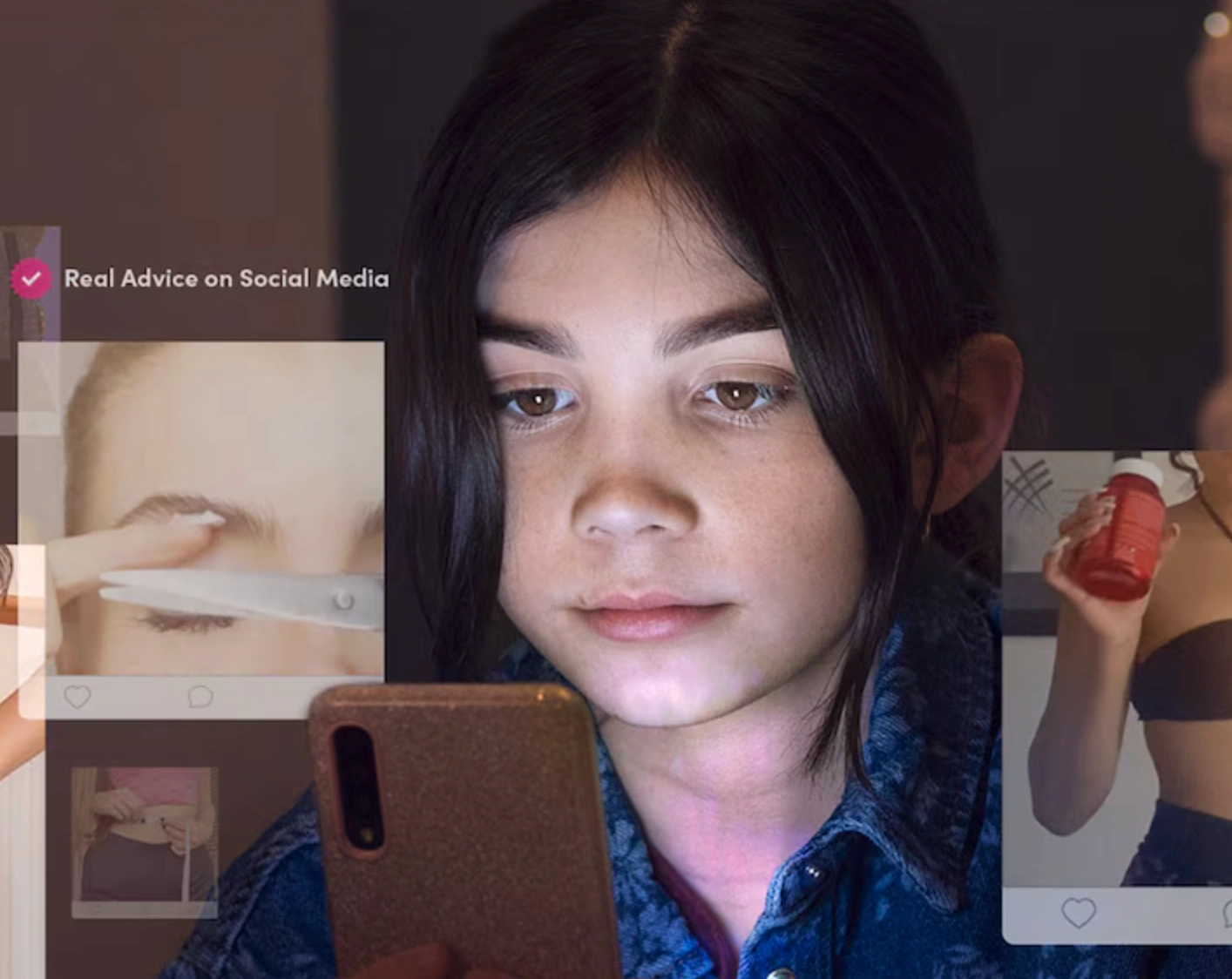
Policy & advocacy: the CROWN Act
Dove co-founded the CROWN Coalition to fight race-based hair discrimination. The CROWN Act (first enacted in California in 2019) has since expanded through additional states, supported by research, cultural programs, and advocacy days led in part by Dove Men+Care and hair-care lines where relevant (The CROWN Act official site; PR Newswire). It’s a rare example of a beauty brand making legislative change central to its identity.
- Advocating for the CROWN Act is a key example of the brand's commitment to legislative, real-world change.
Men+Care: extending the promise to men
Dove’s male portfolio reframes “strength” as care. A notable big-stage moment was the Super Bowl “Real Strength” spot, which celebrated fatherhood over machismo and garnered mainstream coverage for reimagining what men’s-care advertising could look like (TIME). Dove Men+Care has also advocated for paid paternity leave through public pledges and grant programs—a policy-adjacent echo of the Real Beauty playbook.
- Dove Men+Care extends the strategy by reframing strength as care and advocating for paid paternity leave.
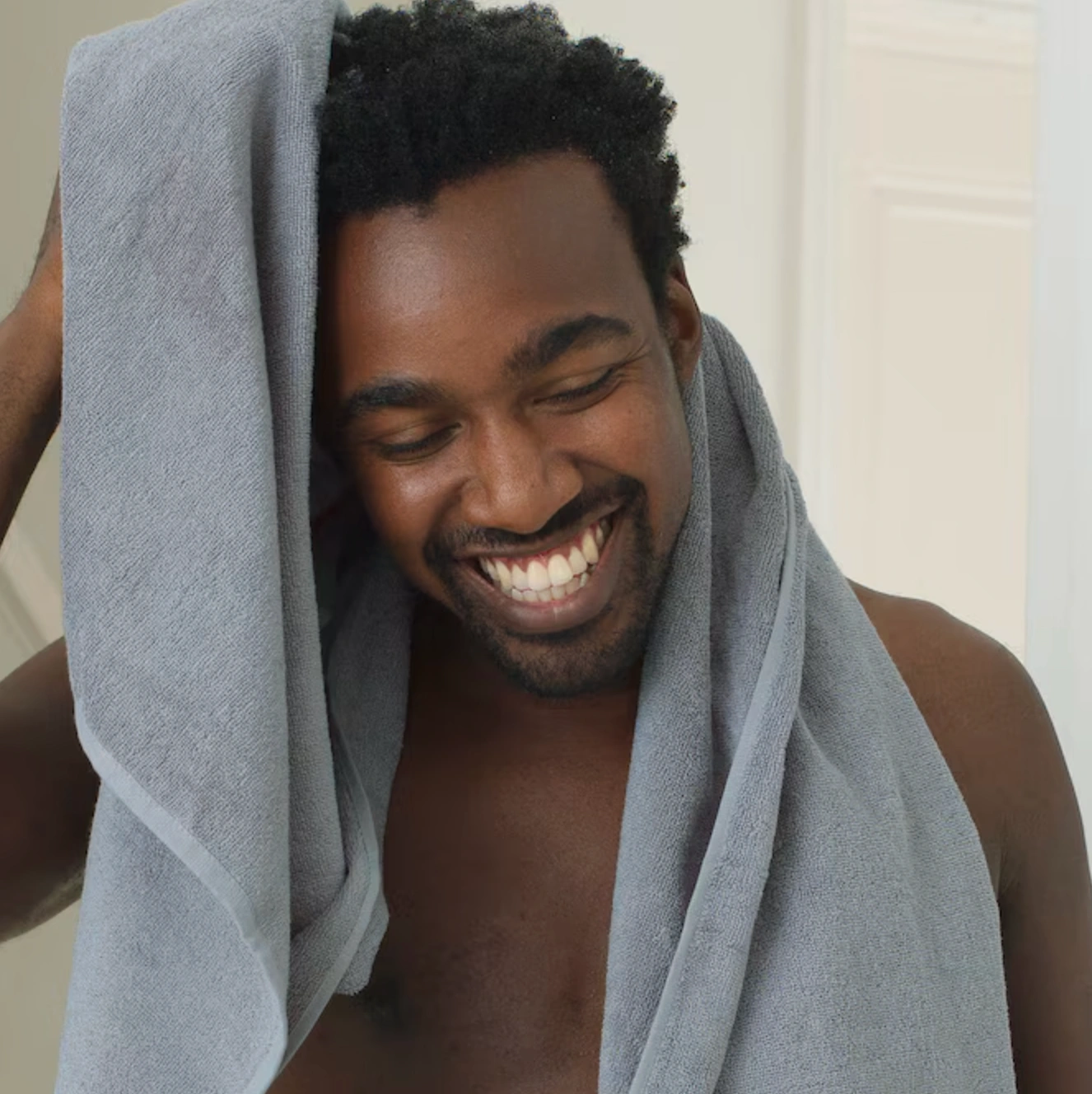
Partnerships that operationalize Real Beauty
- Getty Images & Girlgaze (Project #ShowUs): supplies inclusive imagery to the entire industry so campaigns and publishers can reflect reality at source.
- Schools, youth orgs, and health experts (Self-Esteem Project): distributes curricula and parent guides to counter social-media beauty pressure.
- CROWN Coalition partners: civil-rights and community groups working toward hair-discrimination bans at the state and, prospectively, federal level.
Visual & verbal codes: how Dove stays “Dove”
Across touchpoints, Dove maintains consistent codes—plain backgrounds, natural movement, minimal retouching, and language that centers feelings and outcomes, not flawless looks. The “no digital distortion” mark and the recent AI refusal extend those codes into production standards, ensuring the Dove marketing strategy can run in any format without losing trust (Dove pledge; Unilever newsroom).
- The brand maintains trust by embedding its ethical codes directly into its production and visual standards.
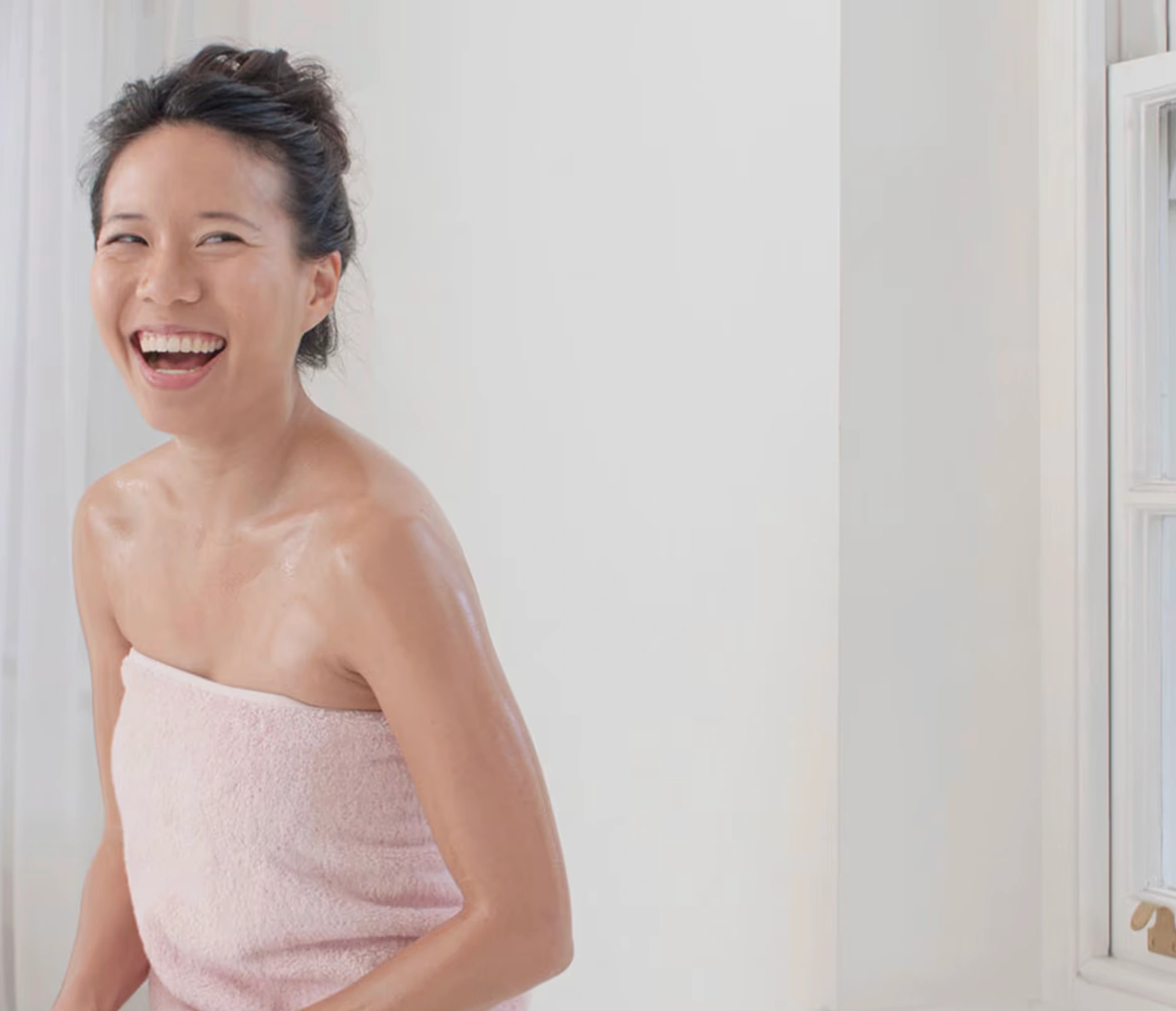
Why the playbook still works
Dove’s campaigns feel new because the context keeps changing—retouching in the 2000s, feeds and filters in the 2010s–2020s, generative AI in the 2020s—but the promise does not. That constancy lets each piece of creative become a Dove marketing moment without confusing the brand. It’s the same story told through new pressures, new partnerships, and new proofs: research, a film that travels, a toolkit that helps, and a policy or pledge that lasts.
FAQ
What is the core Dove marketing strategy?
A purpose-led platform—Real Beauty—executed through research, culture-shifting creative, education, and advocacy.
Which Dove viral campaigns are most cited?
“Evolution” (2006) and “Real Beauty Sketches” (2013; 114M+ views in under a month)..
What is Project #ShowUs?
A 14k+-image library created with Getty Images and Girlgaze for inclusive commercial imagery.
How does Dove address social-media pressures?
Through campaigns like “Reverse Selfie” and the Self-Esteem Project’s #DetoxYourFeed tools.
Does Dove engage in policy?
Yes—co-founder of the CROWN Coalition; the CROWN Act has been enacted in multiple states.
Keeping a Dove’s POV (in marketing, too)
The marketing strategy of Dove is identity-first and infrastructure-minded: it couples a clear brand persona with systems that make authenticity easy to produce, teachable at scale, and defensible in the real world. That’s why Dove marketing strategy keeps generating Dove viral campaigns—and why the brand reliably finds Dove marketing moments that feel both timely and true.


